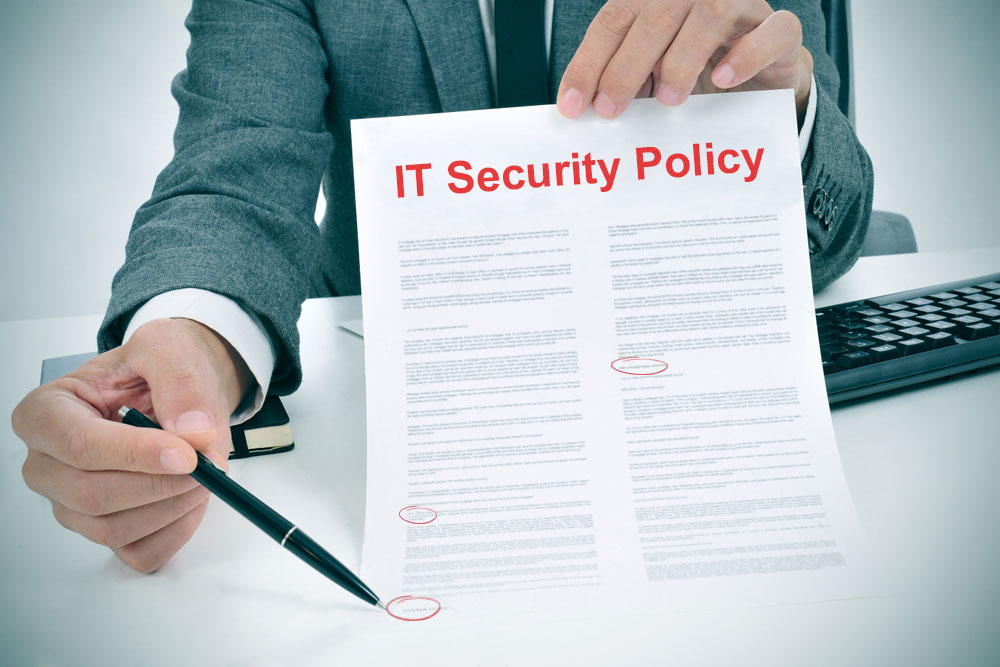
Ways To Monitor Your Staff Without Crossing The Line
Everything your staff does on company time – and on company resources – is important. Time spent on social media and video streaming sites can seriously hamper productivity, and visiting objectionable sites on company PCs can subject your business to serious legal risks, including costly harassment suits from staffers who may be exposed to offensive content.
What I mentioned above don’t quite fit the job descriptions of your employees, do they? Other consequences may be far worse than mere productivity loss or a little legal hot water. Either unintentionally or maliciously, employees can reveal proprietary information, jeopardizing business strategy, customer confidentiality, data integrity, and more. And, of course, unchecked Web activity can expose your network and systems to dangers from malware and other intrusions.
Here are some tips on how to monitor your employees the right way.
Activity Monitoring Software
Employee monitoring is just one aspect of a larger discipline known as endpoint security, which includes everything from malware protection to policy enforcement and asset tracking. Large enterprise computing environments demand comprehensive endpoint-security systems, consisting of server software coupled with client software on each user’s machine that may handle many of these functions at once. These systems tend to be complex enough to require the expertise of trained . But in this article, I’ll be looking primarily at simpler tools designed for smaller organizations.
For a small business, you have several good ways to achieve endpoint security. You can install a Web-hosted system that combines software on the PC with remote monitoring services to protect your computers and enforce compliance with company policies. You can combine a few complementary tools, such as a desktop security suite and professional tracking software. For example, can give you a real-time look at employees’ screens and see if they are actually doing their tasks.
What You Should Do
Monitoring your team should be just one small component in a comprehensive strategy to protect your business and maintain productivity. Once you’ve made the choice to monitor, you should follow these general guidelines to ensure your success.
Tell Your Staff About Monitoring
Nobody likes being spied on without their knowledge. Unless you think someone on your team poses a serious threat that requires covert monitoring, it’s best to tell your staff about what you track and why. Many companies accomplish this with a simple statement in the employee handbook telling workers plainly that everything they do on company computers, including individual keystrokes, can and will be tracked. Letting employees know that their behavior is being monitored can serve as a powerful deterrent against any unwanted online activity.
Use Web Filters
Most security and monitoring tools include Web and e-mail content filters that can block inappropriate sites and prevent users from sending or receiving files that can jeopardize your business. Make sure to use them. By limiting the ways your staffers can get into trouble, you can prevent problems upfront.
Always Check Reports
There’s little point in generating usage reports if you’re not going to check them. Take the time to at least spot-check the reports that your monitoring software generates so that you can identify potential problems early and take immediate action. Whatever you discover – whether it’s a time-wasting Website that everyone is watching this week or a single person who is addicted to online games – you can often fix problems with a simple e-mail that tells your team you know what’s up: “Just a reminder, people: DOTA is never an appropriate use of company hours.”
Recent Posts
- How Does GPON Improve Network Efficiency?
- What Are The Advantages Of GPON?
- What Are The Benefits Of IT Outsourcing?
- What's The Deal With Ransomware Attacks?
- Are GPON Providers Widely Available?
- What's GPON's Impact On Bandwidth?
- Why Is Multi-Factor Authentication Important?
- How To Ensure Data Privacy Compliance?
 Blogs
Blogs Infographics
Infographics Videos
Videos Podcasts
Podcasts Case Studies
Case Studies Call For Quote
Call For Quote